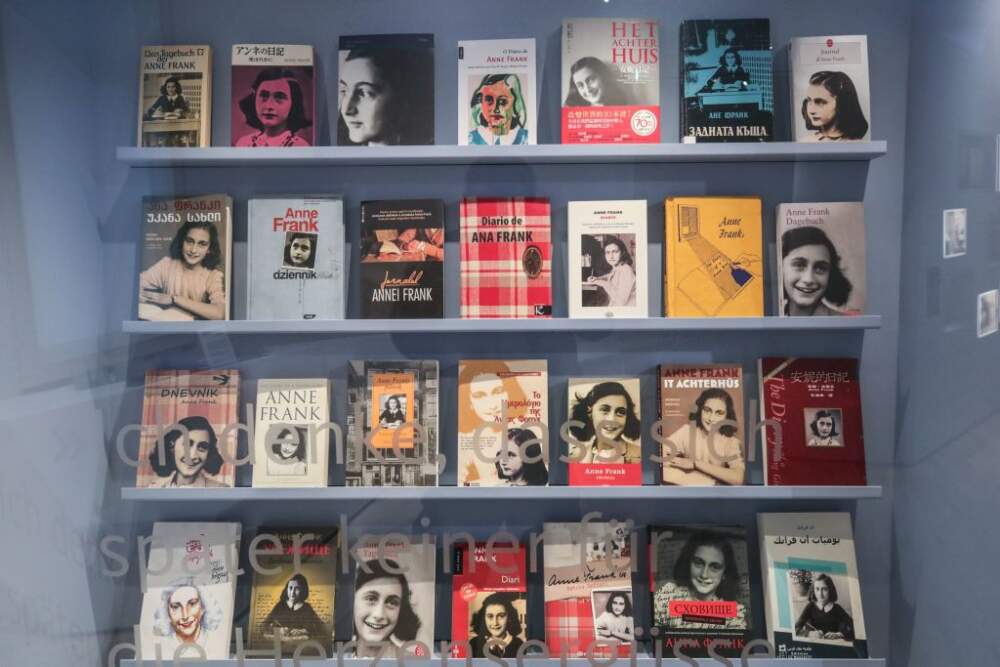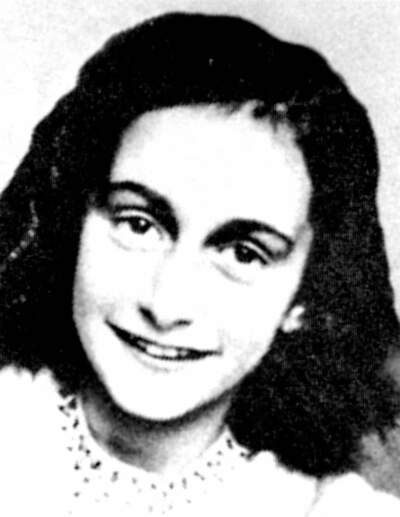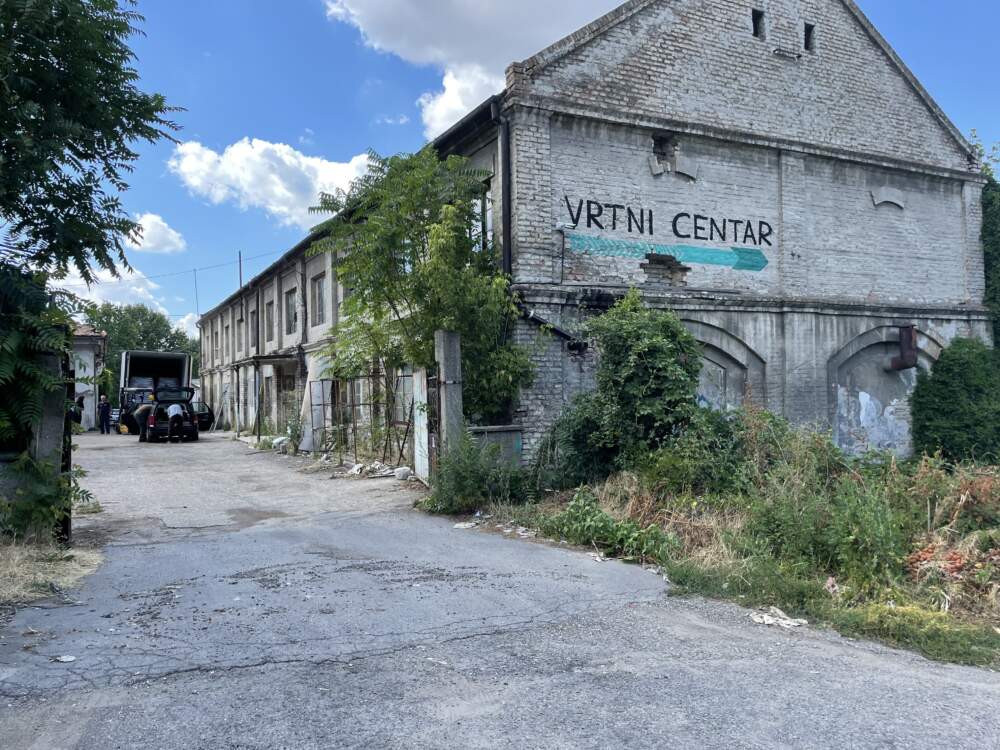Advertisement
Commentary
A new miniseries has reminded me — again — that the Holocaust was not 'long ago or far away'

I’m obsessed with “A Small Light,” a National Geographic miniseries that tells the story of Miep Gies, one of the Righteous Gentiles who helped hide Anne Frank and her family. I watched the episodes as soon as they were released and mulled over small plot points as I washed dishes and walked my dog.
When I was a child, I often dreamed about trapped, fearful Anne. Now, thanks to the show, I’m dreaming about her again.
As a pre-teen in the 1980s, I worked my way through the long, bottom shelf that held the young adult Holocaust books in my Reform synagogue’s small, dark library in suburban Boston. In sixth and seventh grade I read “I Never Saw Another Butterfly,” “Summer of my German Soldier,” and “The Upstairs Room.” But I most vividly remember Anne Frank’s “The Diary of a Young Girl.” Anne’s diary put me inside the head of a girl who was about my age, who was sometimes stubborn and petty and not very likable. Like me, she kept a diary and wanted to be a writer when she grew up. We even shared the same birthday: June 12.
In Hebrew school choir when I was 11, our director wrote about a dozen Holocaust-themed songs for us to perform. One included Anne’s famous words: “In spite of everything, I still believe that people are really good at heart.” Our director showed us a letter from Otto Frank, Anne’s father, granting us permission to quote his daughter; it reinforced for me that the Holocaust was neither long ago nor far away.
I was a Jewish child just one generation removed from the genocide in which my grandfather was murdered. I was consumed with trying to understand what life was like then, and what it would have been like for me if I had lived in Europe during the War. I wondered what would happen to me if the Holocaust came to America. Would my family’s non-Jewish neighbors hide us? Would my green eyes and light hair allow me to pass?

As much as I thought about the Holocaust as a child, for most of my adult life, I tried to protect myself from this traumatic history, and mostly avoided books and films about the topic.
It’s only in the last few years, as I’ve worked to understand my own family’s Holocaust history, that I’ve resumed reading and watching these stories. I’ve returned to my preteen obsession, but with the internet and trips to Europe, I’ve been able to fill in details about what happened to my father’s family during the occupation of Belgrade, Serbia.
Although my grandmother never knew what happened to her husband, through my research we were able to learn my grandfather — like the majority of Jews from Serbia — was murdered near where he lived. German soldiers shot him as part of a policy under which they killed 100 innocent civilians for every German soldier shot by partisans. My grandfather was 32 when he died; he had a three-year-old son, my father and a pregnant wife.
Advertisement
Last summer, with my father and daughter, I visited Topovske Supe, the labor camp in Belgrade where my grandfather was imprisoned with other Jewish prisoners in 1941. It’s the last place my grandmother ever saw him. She brought him food daily for three months until she arrived to find the prison gates open and the camp empty. Although she held out hope for years that the Germans moved him elsewhere to slave for the Reich, we know now he probably died the day he disappeared.
The camp now consists of two long, crumbling buildings, one of which houses an auto repair shop, and an overgrown yard. Residents of this capital city pay it no mind. A small sign in Serbian explains the Jewish and Roma slaves imprisoned there could see other Yugoslavs go about their daily business.
It’s this indifference that “A Small Light” so clearly portrays: the world outside the attic that Anne could only guess at. The world carrying on, as my grandfather must have seen from the labor camp in Belgrade.

In the show, we watch Miep and her husband Jan grapple with how much to resist, knowing the Frank family and the others are relying on them for survival. In one episode, we watch Miep relax in the bath while Jan reclines with a beer in hand. They decompress from a challenging day. We also see how strikingly normal life under the German occupation could be. While Jewish families are rounded up at gunpoint and shoved onto trucks, non-Jewish Dutch people were shopping in the markets, drinking in bars and even attending lavish parties.
In one particularly haunting scene a young Jewish girl asks Miep and Jan, “Where are you going to go so Hitler doesn’t get you?” Like this Jewish girl, in my childhood I failed to imagine the perspective of non-Jews who could ride out the occupation, choosing to be collaborators, bystanders or upstanders. I could only try to imagine how it felt to be hunted.
Last July I travelled from Massachusetts to Belgrade with my family to witness my grandfather and nine other Serbian Jews receive the first memorials with Holocaust victims’ names in the capital city. The stones, called stolpersteine, mark the last voluntary residence of Holocaust victims and survivors across Europe.
While we celebrated this small victory against fascism, back home in Boston dozens of masked neo-Nazis marched down the Freedom Trail and attacked a Black man. A horrific reminder that 80 years is not so long and why, tragically, the story of “A Small Light” remains relevant today.

